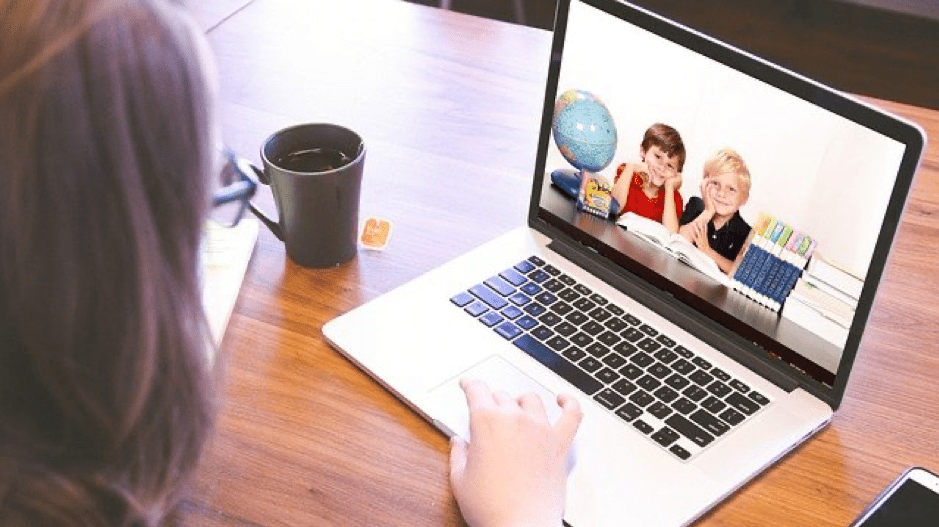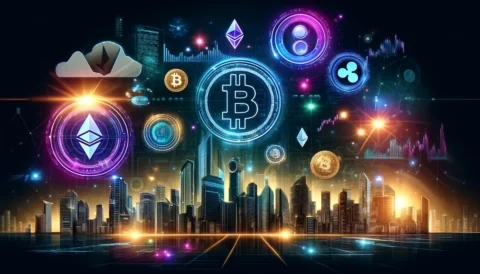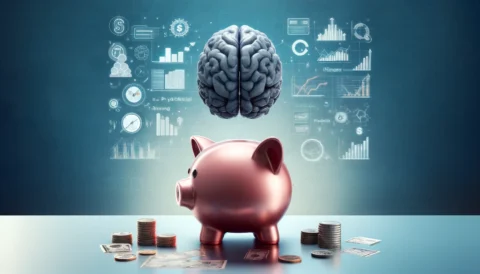Contents
There is no denying that social media platforms have allowed us to stay connected with others and share our thoughts with the world. But there is an ongoing debate regarding the impact of social media on young kids and their education.
A significant number of parents believe that the excessive use of social media is the reason why their kids are struggling in their studies.
However, that is only one side of the story. In the past few years, there has been a lot of development in the education technology (EdTech) industry. And the most surprising thing about these developments is that social media has a significant role in it.
In this blog, I will try to cover both the positive and the negative impacts of social media on education in 2021.
The Positive Impact of Social Media on Education
Conventionally, social media and education do not complement each other. Moreover, many educators consider social media a distraction to real learning. However, the cloud-based nature of social media for collaborating on projects is slowly changing the conception.
We all know how social media platforms such as Facebook can be used to have video chat with a group of people by creating a virtual room.

You will be surprised to learn that social media has a lot more to offer than just mere entertainment.
- An increased student collaboration:
The education systems around the world are not exactly the same. Even though some lessons are common across all academic curriculums across the globe, the approach and the learning process are different. While the student exchange programs allowed few students to witness the different learning experiences in the past, social media has enabled students to collaborate with their peers from different parts of the world to get a similar experience.
This allows the students to broaden their perspectives about things as they meet students like them and share their viewpoints with each other.
- Enabling students to focus on things that matter:
Since there are so many distractions on the internet, it often teaches students to weed out unnecessary stuff and absorb what is important. This happens to be a positive influence of social media on young users when it comes to education. Students who are skilled at dodging distractions online now understand better how to research topics using a variety of sources.
In some cases, social media can be an excellent resource for statistical instructions. In today’s connected world, you can also find instructions and tutorials from librarians on how to effectively conduct research writing using search engines.
- The opportunity to connect with industry leaders:
Students now have the ability to reach out to industry experts across various disciplines, and this allows the students to locate more authoritative sources of information. This may seem like a tricky thing in the beginning, and students need to be taught how to evaluate the source of data even when it may come from a so-called expert.
Needless to say, there are plenty of positive sides to social media in the matter of learning and overall education. However, we also need to address the negative of social media on education that is apparently hard to ignore.
The Negative Impact of Social Media on Education
While there are some age-old complaints that parents have against social media, you can also find several other things about social media that impact the education of students. Here are a few of them.
- Lack of face-to-face interaction:
Most students who have been taught in the conventional education system are generally accustomed to having face-to-face conversations with teachers. In this approach, body language plays a huge role in their communication. When the students communicate through technology, then body language clues can be missed.
Also, students do not properly learn how to use body language as a cue for understanding the context of what the other person is trying to convey.
- Not developing the accuracy in the written word:
Due to the excessive use of mobile phones and laptops to access social media and their e-learning programs, students are not able to develop accuracy in their writing. Most smartphones and laptops these days auto-fills or auto-corrects words by guessing what the user is trying to write.
Eventually, the student does not learn the right spelling of the words as the mistakes get rectified automatically. Also, with the increasing use of social media, students are not utilising proper grammar when communicating, making it hard for others to understand the actual context of the discussion.
- Lower rate of information retention:
Information retention also suffers significantly due to the excessive use of social media and technologies employed to deliver content. There are several distractions on these platforms, so the crucial information is not retained as well as it may be presented in a textbook.
This is one of the major limitations of using such technologies in education as it is difficult to offer the necessary information in a manner that allows it to stand out from the distractions. The use of video can be an efficient way to tackle this, but the distractions are still there.
As you may have noticed by now, the adoption of social media has created some unavoidable challenges in education. Whether these challenges are completely detrimental to society or not – that is a discussion for another blog.
However, we cannot unsee the advantages that social media has brought to the world of education, and with time we may get to witness a better education system where social media plays an integral part.
Author bio: Brian Fleming is a high school teacher based in Melbourne, Australia. For the past 3 years, he has also been working as a subject matter expert at Assignmenthelp.us. Here, he offers collage assignment help online to students on requests.



